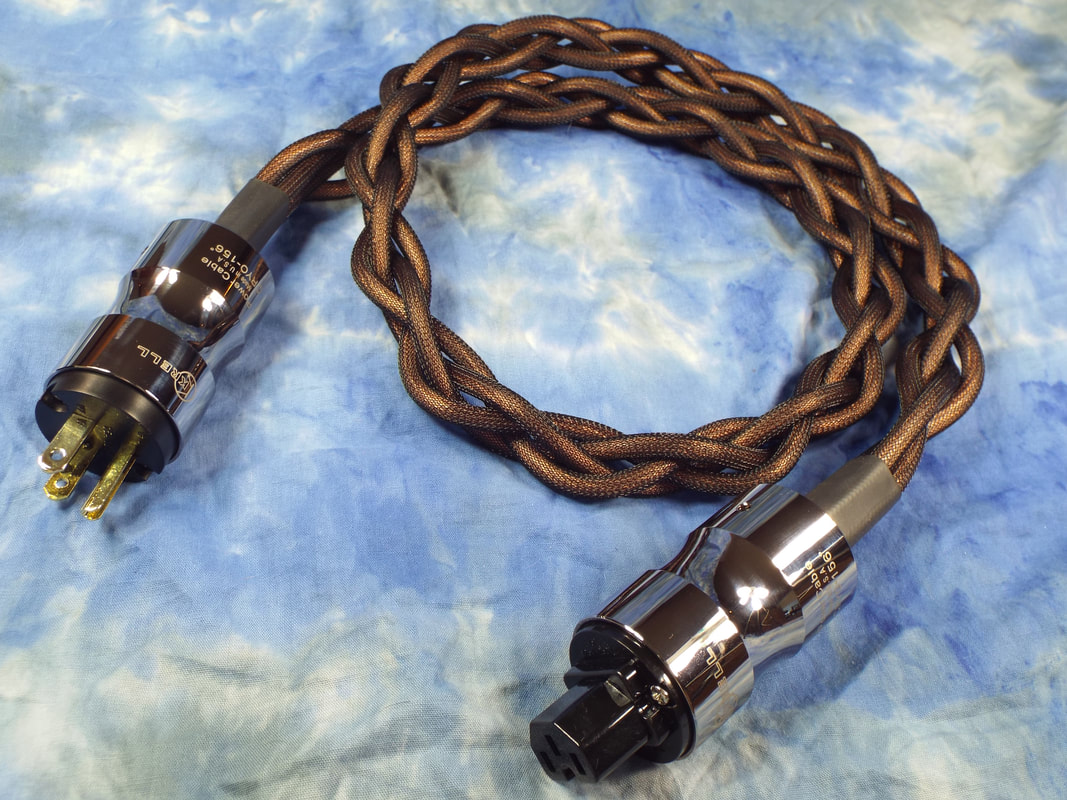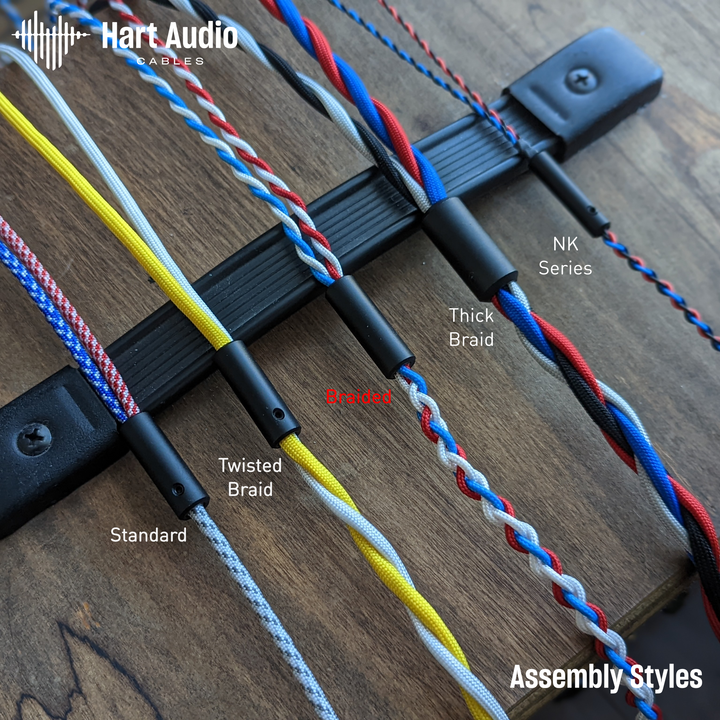What Is Braiding in Cables? Understanding Textile Braids, Shielding Braids, and Braided Conductors
Cables come in many forms, and one of the most visually noticeable — and functionally important — design elements is braiding. But not all cable braiding serves the same purpose. Depending on the type, braiding can offer mechanical protection, electromagnetic shielding, or even define the structure of the conductor itself.
In this article, we’ll explore three common types of braiding found in cables:
- Textile Braiding for Protection
- Metal Mesh Braiding for Shielding
- Braided Conductors (Unshielded but Structured)
1. Textile Braid – Protective Outer Layer
What it is:
A textile braid is an outer layer made from woven synthetic fibers (such as nylon, PET, or polyester). This braid wraps around the cable jacket, mainly for physical protection and aesthetics.
Where it’s used:
USB cables, audio cables, power cords, custom PC builds
Advantages:
- Abrasion resistance: protects the underlying cable from wear and tear.
- Tangle resistance: helps reduce cable tangling.
- Aesthetics: available in various colors and weaves.
- Flexibility: does not restrict movement like metal shielding.
Disadvantages:
- No electrical shielding against EMI.
- Can absorb moisture or fray over time.
2. Metal Mesh Braid – Electromagnetic Shielding
What it is:
A braided metal mesh (usually copper, tinned copper, or aluminum) that surrounds signal-carrying conductors inside a cable. This braid provides electromagnetic interference (EMI) shielding.
Braided wire typically consists of a mesh-like shielding woven around a cable to protect the wiring from electromagnetic interference and enhance its mechanical strength. The shielding is typically composed of numerous thin wires woven tightly in a standard mesh formation around the conductor.
Where it’s used:
Audio cables, coaxial cables, instrument cables, industrial control cables
Advantages:
- Excellent EMI protection.
- Can serve as a grounding path.
- Durable and adds mechanical strength.
- Flexible (more so than foil shielding).
Disadvantages:
- Adds cost and weight.
- Less effective at high frequencies compared to foil; often used in combination.
3. Braided Conductors – Structural and Functional
What it is:
Some unshielded cables use braided signal or power conductors. This structure improves flexibility and mechanical stability and can reduce noise through symmetry.
Where it’s used:
Speaker cables, high-end audio cables, DIY or artisan cables
Advantages:
- Excellent flexibility and routing ease.
- Reduced crosstalk and inductance in some configurations.
- Visually appealing for premium or handmade cables.
Disadvantages:
- No EMI shielding.
- More complex and labor-intensive to manufacture.
- May tangle if not sleeved or jacketed.
Summary Table
| Type of Braiding | Primary Purpose | Shielding? | Flexibility | Common Use Cases |
|---|---|---|---|---|
| Textile Braid | Physical protection | No | High | Consumer cables, power cords, PC builds |
| Metal Mesh Shield Braid | EMI shielding | Yes | High | Audio, coaxial, industrial cables |
| Braided Conductors | Structural, functional | No | Very High | Audio/speaker cables, handmade or DIY |
Final Thoughts
Cable braiding isn’t always just about aesthetics — it can play a crucial role in performance, protection, and signal integrity. Whether it’s shielding against interference, reinforcing the cable’s durability, or simply improving flexibility and appearance, each type of braiding serves a distinct function.
When selecting or designing cables, understanding the differences between textile, shielding, and structural braiding helps you choose the right solution for your application — whether for audio, industrial, or custom-use scenarios.
Sometimes expensive HiFi cables combine several different braiding to be able to sell their products at high price:






1 Comment
Tomi Engdahl says:
https://www.ylhst.com/product/category/Braided-Sleeve?gad_source=1&gad_campaignid=22356776871&gclid=Cj0KCQiArOvIBhDLARIsAPwJXObvAeR3faCqf3P2gUUnxlh-e7CBu9iLVA-1dhALoyuNHwYcp6VnaHUaAh6uEALw_wcB